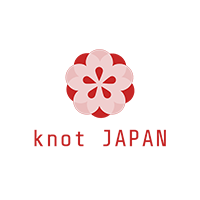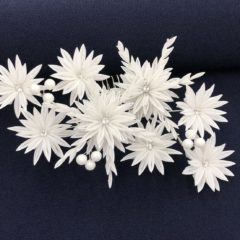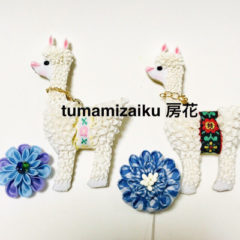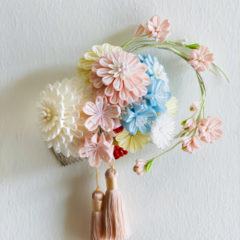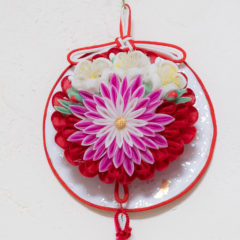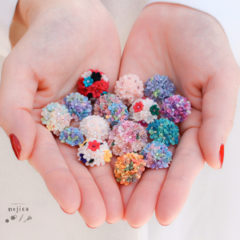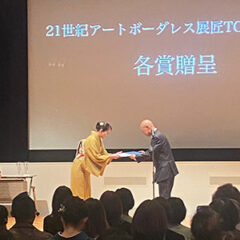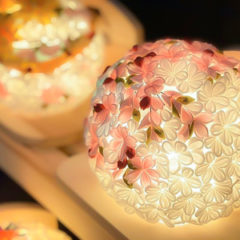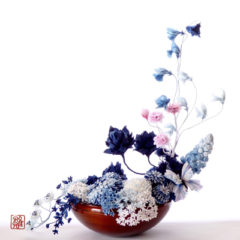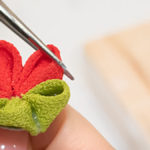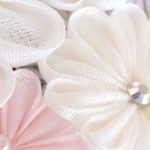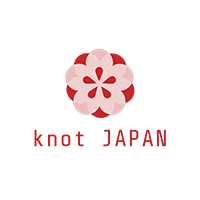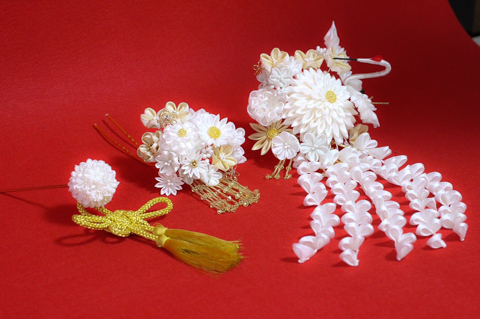
The famous Tsumami-zaiku artists will talk about their thoughts about Tsumami-zaiku.
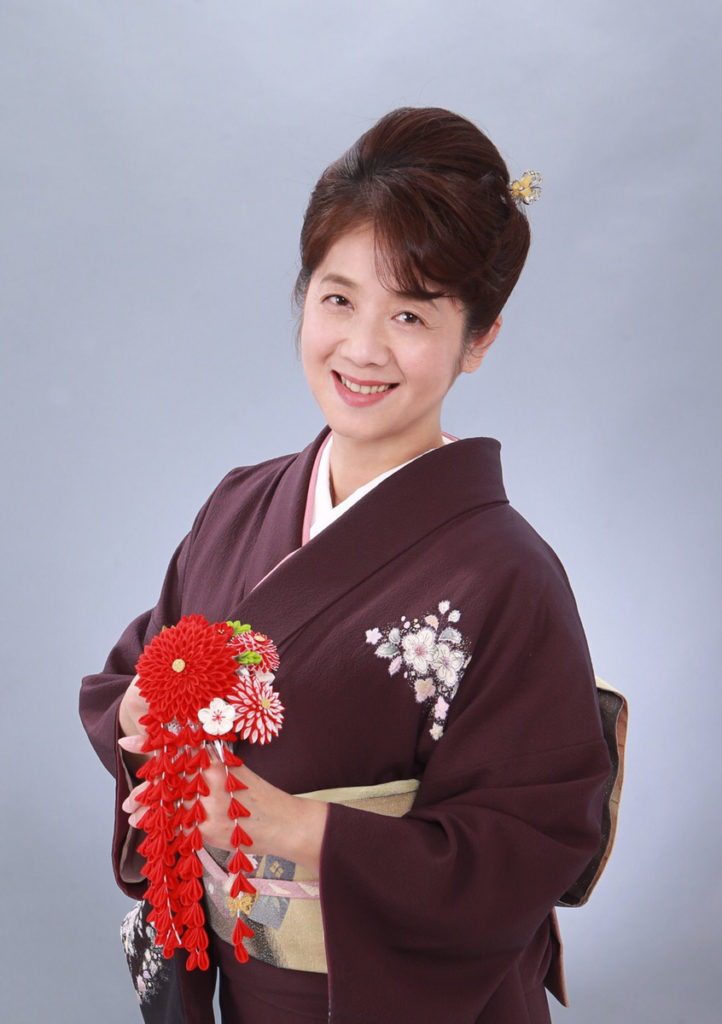
The sixth one is Ms. Hiromi Yano, who has been actively working all over Japan and is exploring the possibility of new Tsumami-zaiku.
Hiromi Yano, Director of Japan Tsumami-zaiku Coordiate Association
profile
1963 Born in Okinawa
1984 Worked at Hanaemori Atelier, Also involved in the production of Paris Collection costumes
2016 Appointed as a board member of the Japan Tsumami-zaiku Coordinate Association
2016 Started cultivation of Tsumami-zaiku certified teachers.
2016 Exhibitions and sales at Fukuoka Asian Art Museum, Yokohama Takashimaya, Nagoya Mitsukoshi, etc.
2017 Acquired the qualification of a certified teacher of the Japan Traditional Craft Tsumami-zaiku Association
2018 Exhibition of works featuring Tsumami-zaiku at the Tsumami Kanzashi Design Award
2018 Supported Tsumami-zaiku workshop in Vietnam (Ho Chi Minh City)
2019 Solo exhibition at Hotel Nagoya Castle Gallery
2019 Association Group Exhibition at Nagoya City Museum
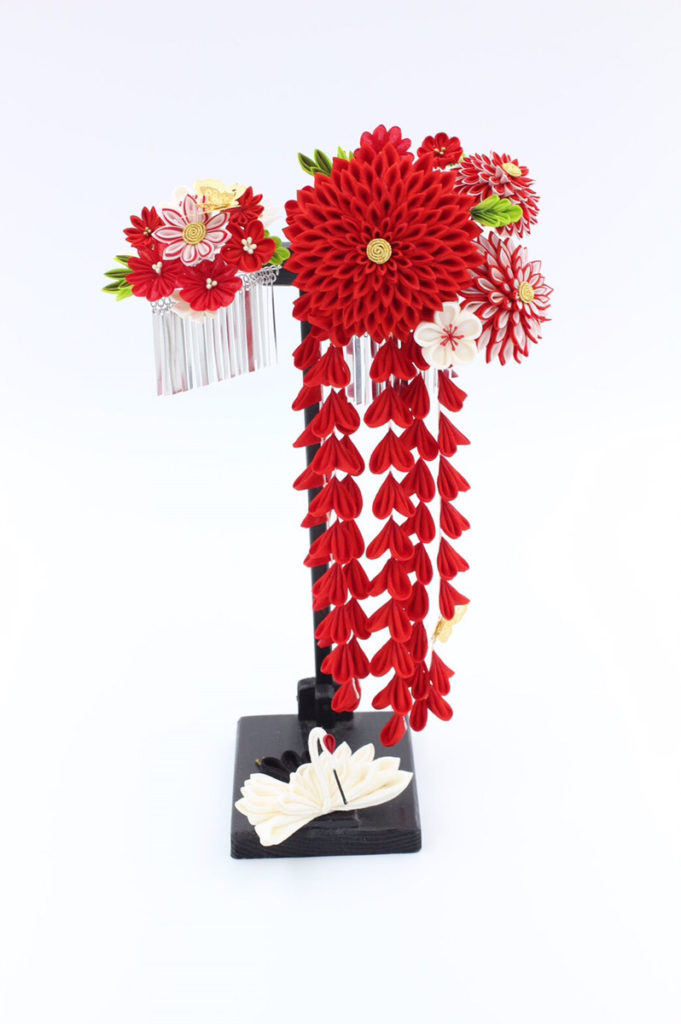
Q1. How did you start working on Tsumami-zaiku? (Or did you get involved?)
When my daughter turned to 20 years old, she couldn`t find any hair ornament that she wants to wear for the coming-of-age ceremony. So I told her “I will make it!”. This was the beginning.
I had never made Tsumami-zaiku before, and it might have been a reckless challenge if I think about it now, but I enjoyed making it with my daughter, and it became a memorable thing.
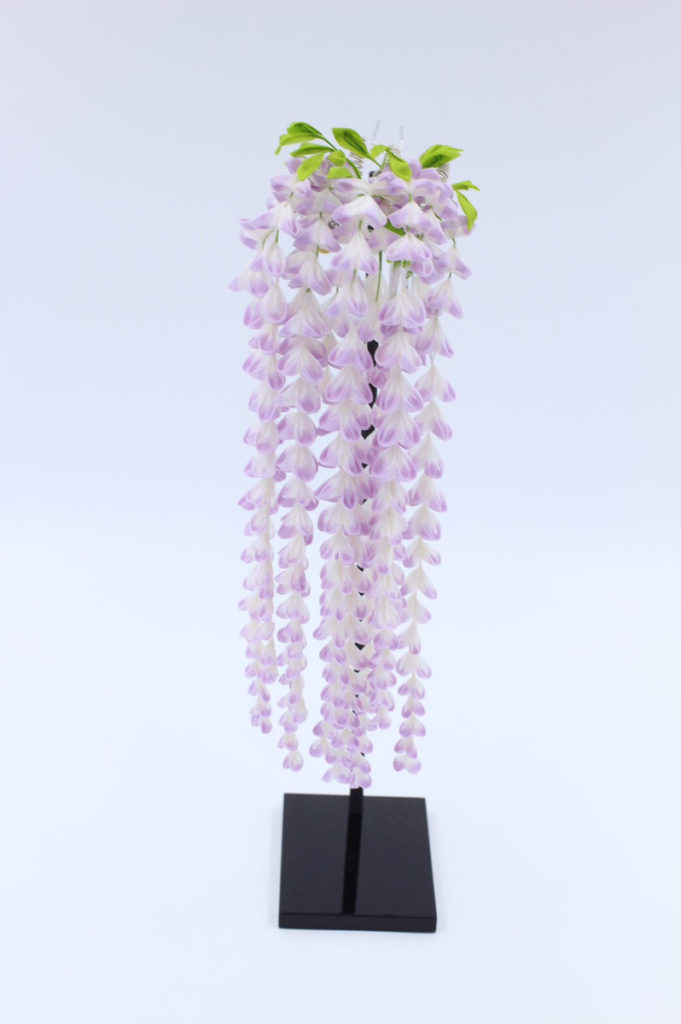
Q2. What are your commitments to your work and what do you care about?
When I make work for my lessons, I am conscious of the shape and color that students can say “So cute!” because it is easy for students to enjoy making

Q3. What is the attractiveness of Tsumami-zaiku for you?
The more you know about Tsumami-zaiku, the deeper you sigh at the skills and ideas of your predecessors. Two basic techniques are simple form, just folding cloths into triangles, but each combination of shapes and colors forms beautiful appearances. I think this is a traditional craft that Japan can be proud of to the world.
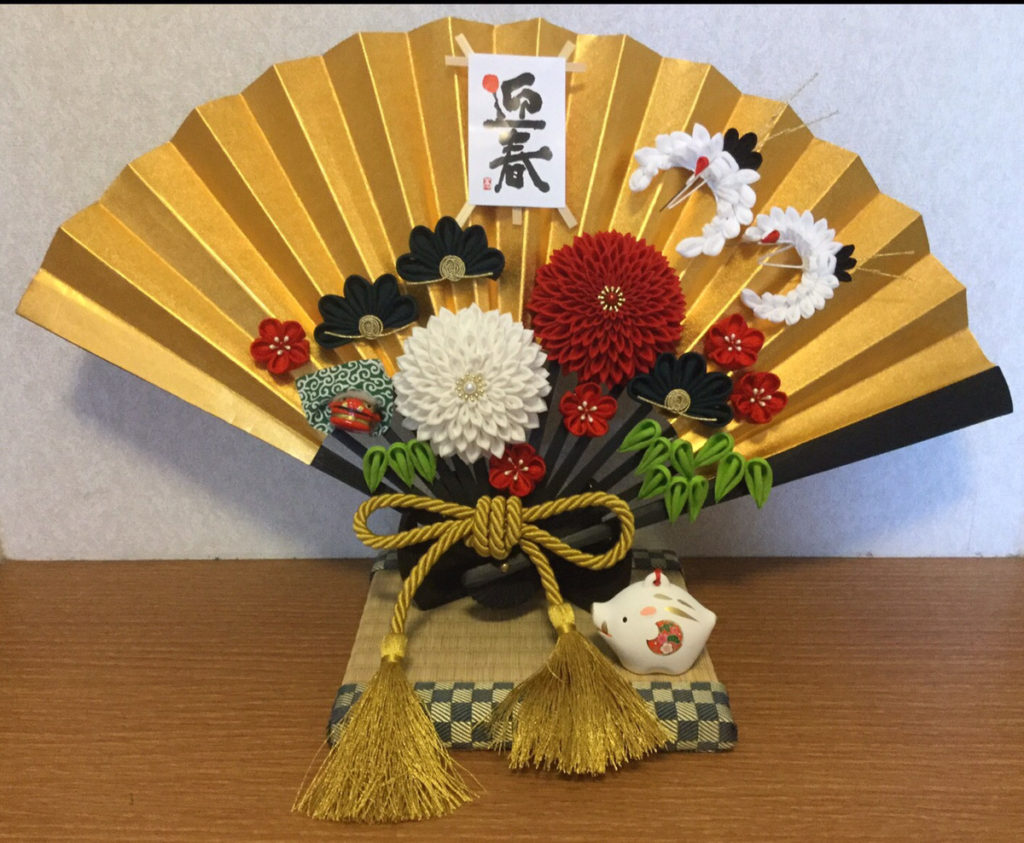
Q4. What do you think about the future possibilities of Tsumami-zaiku?
In recent years, in addition to the old-fashioned kanzashi, accessories and interiors for everyday use have come to be made with Tsumami-zaiku. I think it will become a major culture in the future.

Q5. What do you want to make in the future?
I want to express three-dimensional flowers by making delicate Tsumami-zaiku.
